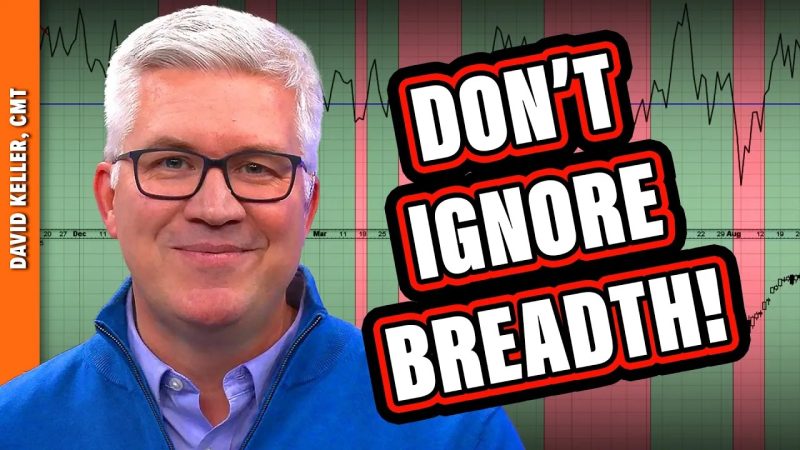1. Trading Volume:
Trading volume is a fundamental indicator that plays a significant role in gauging market sentiment and activity. By analyzing the volume of shares or contracts traded in a given period, traders can assess the strength and direction of a price movement. An increase in trading volume during a price uptrend indicates strong buying interest, while a surge in volume during a downtrend suggests heightened selling pressure. Monitoring trading volume alongside price movements can provide valuable insights into market dynamics and help traders make informed decisions.
2. Advance-Decline Line:
The Advance-Decline Line is a breadth indicator that helps traders evaluate the overall health of the stock market by tracking the number of advancing and declining stocks over a specific period. This indicator measures market breadth by calculating the difference between the number of advancing and declining issues and plotting the cumulative total on a chart. A rising Advance-Decline Line signifies broad market participation and underlying strength, indicating a healthy bull market. Conversely, a declining Advance-Decline Line suggests waning market breadth and potential weakness in the market.
3. New Highs-New Lows:
New Highs-New Lows is another important breadth indicator that reflects the number of stocks reaching new highs versus new lows over a given time frame. By monitoring this indicator, traders can assess the level of participation and momentum within the market. A high number of new highs relative to new lows indicates a robust market with broad-based strength, while a surge in new lows compared to new highs may signal deteriorating market conditions and potential weakness ahead. Tracking the New Highs-New Lows indicator can provide valuable insights into market sentiment and help traders identify potential trend reversals.
4. McClellan Oscillator:
The McClellan Oscillator is a popular breadth indicator that measures market breadth by analyzing advancing and declining issues on a short-term basis. This oscillator calculates the difference between two exponential moving averages of advancing and declining issues to generate an oscillator value. Positive values indicate an uptrend in market breadth, while negative values suggest a downtrend. The McClellan Oscillator helps traders identify overbought and oversold conditions in the market, providing valuable signals for potential trend reversals or continuations.
5. Put/Call Ratio:
The Put/Call Ratio is a sentiment indicator that measures the ratio of put options to call options traded on a particular security or index. This ratio provides insights into market sentiment and investor positioning, as an increase in put options relative to call options may indicate growing bearish sentiment among traders. Conversely, a decrease in the Put/Call Ratio could signal bullish sentiment and potential market strength. By monitoring the Put/Call Ratio, traders can gauge market sentiment and identify potential turning points in the market.
In conclusion, breadth indicators play a crucial role in analyzing market breadth and sentiment, providing valuable insights for traders to make informed decisions. By incorporating these top breadth indicators into their trading strategies, traders can enhance their market analysis and improve their overall trading performance.



























